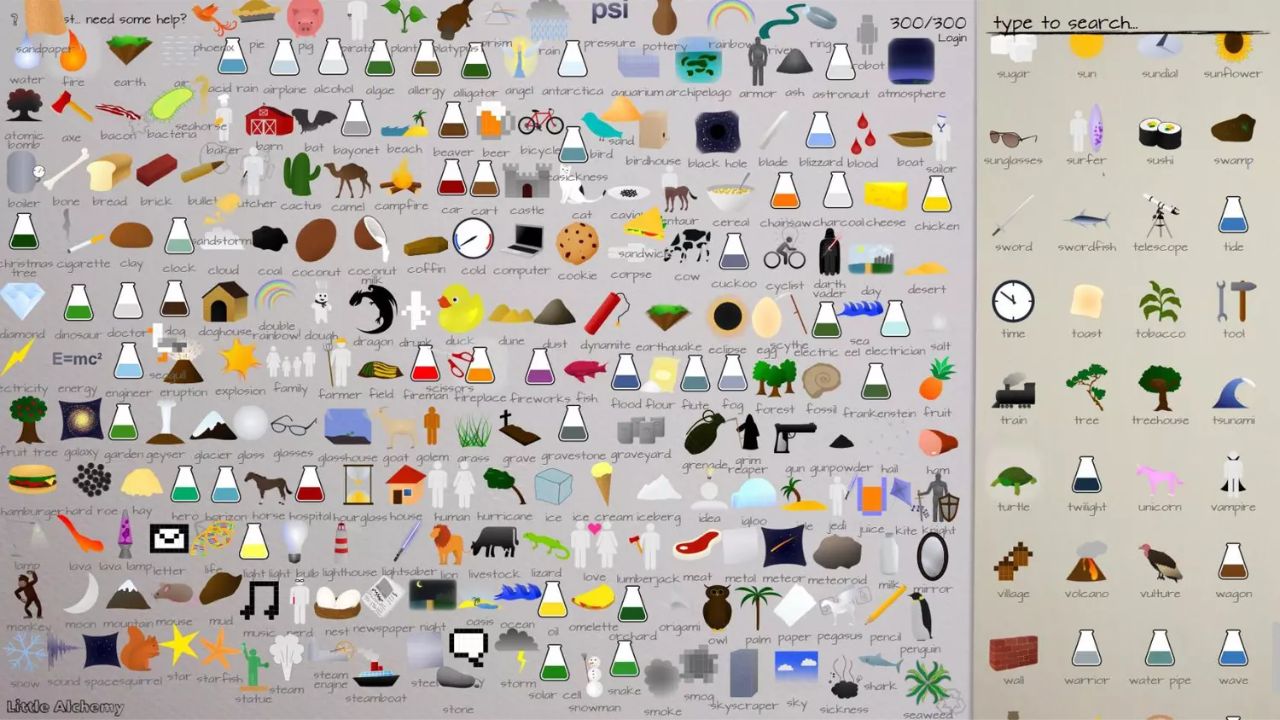Drawing wildlife requires a keen eye for detail and a deep understanding of the subject matter. Snakes, in particular, can be challenging to capture on paper due to their intricate patterns and unique anatomy.
In this article, we will explore the masterful techniques of drawing a snake, providing you with the necessary knowledge and skills to create stunning wildlife art.
Table of contents
Understanding Snake Anatomy
Snakes have elongated bodies consisting of several distinct parts. These include the head, neck, body, tail, scales, and eyes. By understanding the structure of a snake, you will be able to accurately depict its form and proportions in your artwork.
Studying Snake Patterns
One of the most fascinating aspects of drawing a snake is capturing its intricate patterns. Different snake species have distinct patterns, ranging from stripes and spots to geometric shapes.
To create a realistic representation, study reference images of the specific snake you intend to draw. Pay close attention to the pattern’s symmetry, color variations, and how it interacts with the snake’s body.
Choosing the Right Drawing Materials
To achieve the desired results, it is essential to select the appropriate drawing materials. For snake drawings, graphite pencils are a popular choice due to their ability to create precise lines and shading.
Additionally, colored pencils or pastels can be used to add vibrant colors to your artwork. Experiment with different materials to find the ones that suit your style and preferences.
Sketching the Initial Outline
Begin by lightly sketching the basic shape of the snake using a graphite pencil. Start with the head, gradually moving towards the body and tail. Pay attention to the proportions and curves of the snake’s body, ensuring they align with the reference image. Use light, loose strokes to create the initial outline, as it will serve as a guide for the more detailed rendering later on
Adding Details and Texture
Once the initial outline is complete, it’s time to add details and texture to your snake drawing. Start by focusing on the snake’s head and eyes, as they are often the focal point of the artwork.
Pay attention to the shape and position of the eyes, as they can convey the snake’s expression and personality. Gradually work your way down the body, adding scales and texture using small, controlled strokes.
Shading and Highlights
To create depth and volume in your snake drawing, shading is essential. Observe how light interacts with the snake’s body, and use shading techniques to replicate the shadows and highlights accurately.
Darken areas that are in shadow and use lighter strokes to indicate areas that catch the light. This contrast will give your drawing a three-dimensional appearance, making it more lifelike.
Final Touches and Refinements
After completing the main drawing, take a step back and evaluate your artwork. Look for any areas that need refinement or additional details. Use erasers to clean up any stray lines or smudges, ensuring a clean and polished finish.
Take your time with the final touches, as they can make a significant difference in the overall quality of your snake drawing.
Conclusion
Drawing a snake requires a combination of observation, technique, and attention to detail. By understanding snake anatomy, studying patterns, and using the right materials, you can create masterful wildlife art that captures the essence of these fascinating creatures.
FAQS
To draw a snake figure, you can follow these steps:
1. Sketch the basic shape of the snake. Snakes are long and slender, so start by sketching a long, curving line.
2. Add the snake’s head. The head of a snake is typically triangular or pear-shaped. Add a small triangle or oval to the end of the snake’s body for the head.
3. Draw the snake’s eyes. The eyes of a snake are small and beady. Add two small circles to the snake’s head for the eyes.
4. Add the snake’s tongue. Snakes have forked tongues, so add two small lines coming out of the snake’s mouth.
5. Add the snake’s scales. Snake scales are overlapping and diamond-shaped. Add small diamond shapes to the snake’s body for the scales.
6. Color the snake. Snakes come in a variety of colors, so choose a color palette that you like. Use different shades of the same color to create depth and dimension.
To draw a cobra, you can follow the same steps as for drawing a snake figure, but add some additional details to make it look like a cobra.
1. Add a hood to the cobra’s head. Cobras have a hood that they can expand when they are threatened. Add a curved line to the top of the cobra’s head for the hood.
2. Add fangs to the cobra’s mouth. Cobras have long, venomous fangs. Add two long, curved lines to the cobra’s mouth for the fangs.
3. Make the cobra’s body thicker. Cobras have a thicker body than other snakes. Make the body of your cobra thicker than the body of a regular snake.
To draw a snake scale, you can follow these steps:
1. Sketch a diamond shape. Snake scales are diamond-shaped. Sketch a small diamond shape on the snake’s body for the scale.
2. Add a border to the scale. Add a thin line around the edge of the diamond shape for the border.
3. Add some shading to the scale. Snake scales have a shiny surface, so add a bit of shine to your scale with a white gel pen or a blending stump.
To draw a cute snake, you can follow these steps:
1. Make the snake’s eyes big and round. Big, round eyes make animals look cuter. Add big, round circles to the snake’s head for the eyes.
2. Give the snake a small mouth. A small mouth makes animals look cuter. Give the snake a small, curved line for the mouth.
3. Make the snake’s body a bit chubby. Chubby bodies make animals look cuter. Make the body of your snake a bit thicker than the body of a regular snake.
4. Add some whiskers to the snake’s face. Whiskers make animals look cuter. Add a few small lines to the sides of the snake’s face for the whiskers.
References
- https://www.quora.com/How-do-you-draw-a-snake-wrapping-around-something
- https://www.tiktok.com/channel/how-to-draw-a-snake
- https://www.youtube.com/watch?v=kx9KILUP4GE
Discover More
- How Many Days are in 6 Months: Time-Savvy Calculations for Effective Planning
- How To Restart A Chromebook: Technology Troubleshooting
- How to Invert Colors on iPhone: Tech Wizardry for Enhanced Visual Accessibility
- How Many Bones Do Sharks Have: Marine Biology Intrigue in Shark Anatomy
- How Many Weeks Is Four Months: Time Calculation Expertise for Life Planning






